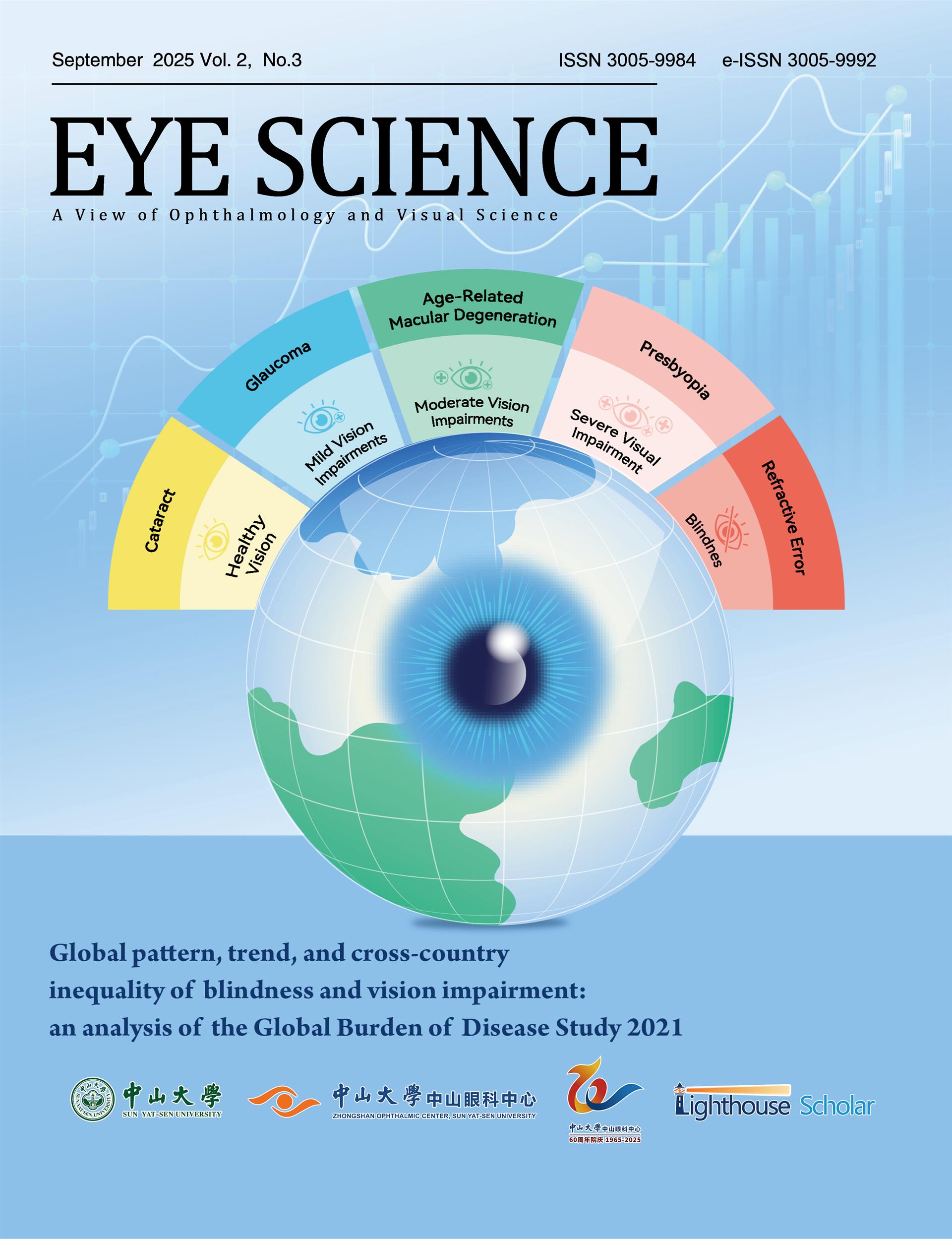Meibomian gland dysfunction (MGD) manifests through two main clinical presentations, characterized by the meibomian gland (MG) ductal obstruction or acinar dropout. While previous research has predominantly associated MGD pathogenesis with hyperkeratinization-related MG ductal obstruction and subsequent acinar atrophy, recent cases have shown significant functional acinar loss in the absence of apparent ductal keratinization or blockage. The deterioration of either MG obstruction or dropout exacerbates the condition of the other, suggesting an independent yet interconnected relationship that perpetuates the vicious cycle of MGD. Understanding the distinct pathological features of MG obstruction and dropout is crucial for delineating their etiology and identifying targeted therapeutic strategies. This review explores the nuanced interrelations of MG obstruction and dropout, elucidating potential pathological mechanisms to establish a foundation for early MGD diagnosis and intervention.

















